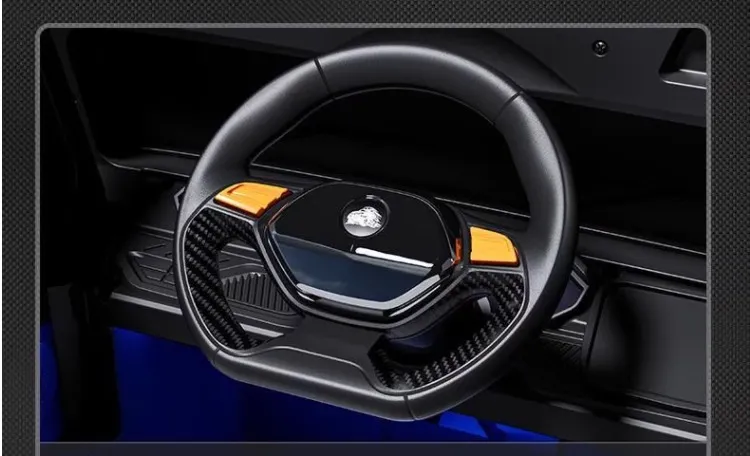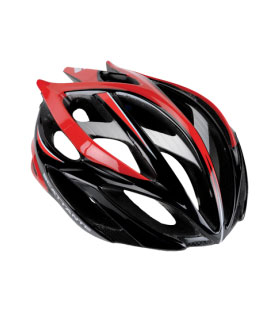
- Afrikaans
- Albanian
- Amharic
- Arabic
- Armenian
- Azerbaijani
- Basque
- Belarusian
- Bengali
- Bosnian
- Bulgarian
- Catalan
- Cebuano
- Corsican
- Croatian
- Czech
- Danish
- Dutch
- English
- Esperanto
- Estonian
- Finnish
- French
- Frisian
- Galician
- Georgian
- German
- Greek
- Gujarati
- Haitian Creole
- hausa
- hawaiian
- Hebrew
- Hindi
- Miao
- Hungarian
- Icelandic
- igbo
- Indonesian
- irish
- Italian
- Japanese
- Javanese
- Kannada
- kazakh
- Khmer
- Rwandese
- Korean
- Kurdish
- Kyrgyz
- Lao
- Latin
- Latvian
- Lithuanian
- Luxembourgish
- Macedonian
- Malgashi
- Malay
- Malayalam
- Maltese
- Maori
- Marathi
- Mongolian
- Myanmar
- Nepali
- Norwegian
- Norwegian
- Occitan
- Pashto
- Persian
- Polish
- Portuguese
- Punjabi
- Romanian
- Russian
- Samoan
- Scottish Gaelic
- Serbian
- Sesotho
- Shona
- Sindhi
- Sinhala
- Slovak
- Slovenian
- Somali
- Spanish
- Sundanese
- Swahili
- Swedish
- Tagalog
- Tajik
- Tamil
- Tatar
- Telugu
- Thai
- Turkish
- Turkmen
- Ukrainian
- Urdu
- Uighur
- Uzbek
- Vietnamese
- Welsh
- Bantu
- Yiddish
- Yoruba
- Zulu
Feb . 19, 2025 05:09 Back to list
derailleur on mountain bike
Perfecting the mountain bike derailleur adjustment is crucial for ensuring smooth and reliable gear shifts on challenging terrains. Every cyclist, regardless of their experience level, benefits immensely from understanding the intricacies of derailleur adjustments, given the diverse environments mountain biking presents. Harnessing nearly a decade of personal biking experiences, coupled with insights from expert mechanics, this comprehensive guide dives deep into the essential nuances of derailleur adjustment.
Beyond mechanical adjustments, the choice of derailleur also aligns with optimal performance. Over my years in the competitive mountain biking circuit, I’ve come to trust certain brands renowned for innovation and reliability. Shimano and SRAM lead the market, owing to their continuous technological advancements and robust designs. These brands offer derailleur models tailored for the extreme demands of mountain biking, enhancing shift accuracy and durability. It is imperative to remain vigilant post-setup, executing test rides and adjustments to fine-tune the system further. Listen for any chain noise or misshifts; they are indicators calling for slight tweakings, perhaps in cable tension or limit settings. There lies a symbiotic relationship between the cyclist and their machine, one honed over repetitive trials. Mountain biking enthusiasts often overlook the impact of weight shifts and terrain contours on derailleur performance. Encouragingly adapting to body positioning, employing correct shifting techniques, and anticipating gear changes based on terrain difficulty amplify overall performance. Riding with foresight minimizes abrupt shifts, reducing strain on the derailleur system. Consequently, regular maintenance and timely part replacements also prolong optimal gear system operation. Learning to replace worn cables, housing, and sprockets fortifies the derailleur's capability, a knowledge base cultivated through hands-on practice and guided expertise. To conclude, mastering the mountain bike derailleur adjustment is a blend of art and science, demanding a keen eye for detail and an appreciation for mechanical harmony. Embracing these techniques will not only enrich the biking experience but will cement a rider’s authority and trust in maintaining and optimizing their gear. This level of expertise creates a refuge of reliability and performance, key to conquering trails and adventures ahead.


Beyond mechanical adjustments, the choice of derailleur also aligns with optimal performance. Over my years in the competitive mountain biking circuit, I’ve come to trust certain brands renowned for innovation and reliability. Shimano and SRAM lead the market, owing to their continuous technological advancements and robust designs. These brands offer derailleur models tailored for the extreme demands of mountain biking, enhancing shift accuracy and durability. It is imperative to remain vigilant post-setup, executing test rides and adjustments to fine-tune the system further. Listen for any chain noise or misshifts; they are indicators calling for slight tweakings, perhaps in cable tension or limit settings. There lies a symbiotic relationship between the cyclist and their machine, one honed over repetitive trials. Mountain biking enthusiasts often overlook the impact of weight shifts and terrain contours on derailleur performance. Encouragingly adapting to body positioning, employing correct shifting techniques, and anticipating gear changes based on terrain difficulty amplify overall performance. Riding with foresight minimizes abrupt shifts, reducing strain on the derailleur system. Consequently, regular maintenance and timely part replacements also prolong optimal gear system operation. Learning to replace worn cables, housing, and sprockets fortifies the derailleur's capability, a knowledge base cultivated through hands-on practice and guided expertise. To conclude, mastering the mountain bike derailleur adjustment is a blend of art and science, demanding a keen eye for detail and an appreciation for mechanical harmony. Embracing these techniques will not only enrich the biking experience but will cement a rider’s authority and trust in maintaining and optimizing their gear. This level of expertise creates a refuge of reliability and performance, key to conquering trails and adventures ahead.
Latest news
-
The Ultimate Kids' Four-Wheeler Experience
NewsJul.09,2025
-
The Ultimate Guide to Mountain Bikes: Gear Up for Your Ride
NewsJul.09,2025
-
The New Age of Cycling: Electric Bikes for Every Rider
NewsJul.09,2025
-
The Best Kids Bicycles: Ride in Style and Safety
NewsJul.09,2025
-
The Best 3-Wheel Scooters for Kids: Fun, Safety, and Adventure
NewsJul.09,2025
-
Revolutionize Your Ride: Affordable Electric Bikes
NewsJul.09,2025
-
Finding the Perfect Mountain Bike for Every Rider
NewsJul.09,2025



